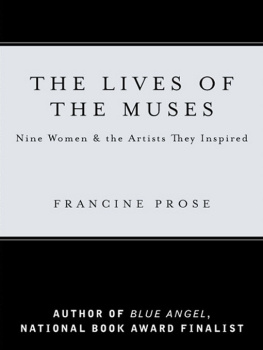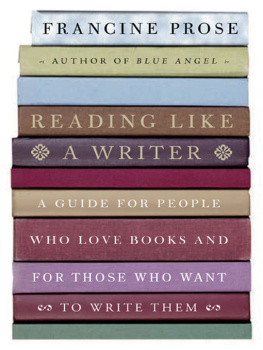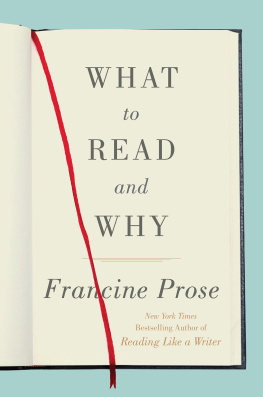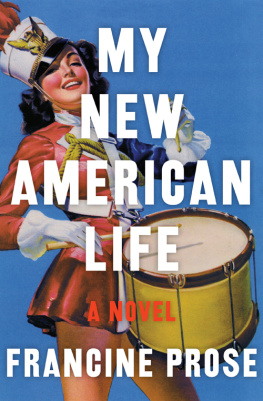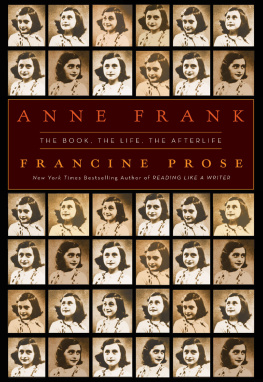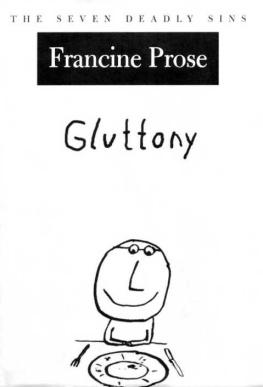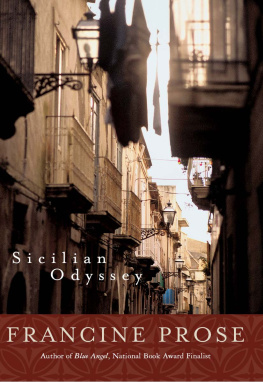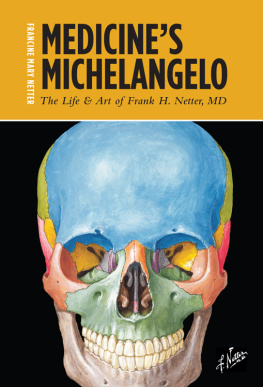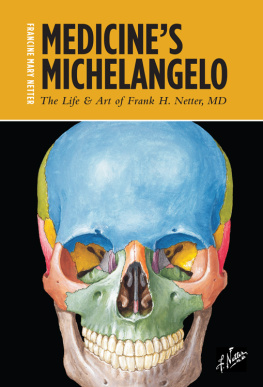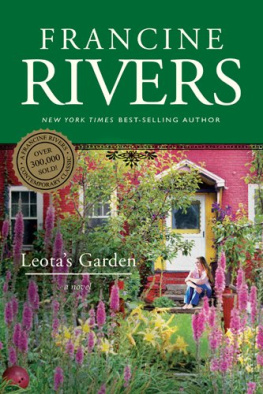I N THE SPRING OF 1932, at the age of eighty, Alice Pleasance Liddell Hargreaves sailed into New York Harbor to collect an honorary Ph.D. from Columbia University for having inspired, for having been, Alice in Wonderland. Her doctorate in musedom, possibly the only one in academic history, was conferred on the elegant, faintly imperious, and still rather pretty old woman to honor the hundredth anniversary of the birth of Lewis Carroll, whom she knew as Charles Dodgson, and whom she had seen only rarely since she was eleven, when her parents abruptly ended her friendship with the thirty-one-year-old mathematician.
The ceremonyheld in the rotunda of Low Library, decorated for the occasion with masses of white flowersgot off to an unfortunate start when university president Nicholas Murray Butler sat on the flowered throne intended for Alice, who remained standing as the enthroned president summarized her doctoral qualifications: girlhoods charm the ingenious fancy of a mathematician... you as the moving causeAristotles final causeof this truly noteworthy contribution to English literature.
Lewis Carrolls muse wore a smart brown suit and a corsage of rosebuds and lilies of the valley. In her acceptance speech, she spoke of her old friend, dead for more than forty years, as if he were still alive. She confidently expressed her faith that and rejoices with me in the honor you are doing him. And the audience applauded this incarnation of the goddess: what remained of the little girl who had caused a genius to flower on a golden summer afternoon beneath a haystack beside a river.
T HE DESIRE TO EXPLAIN the mystery of inspiration, to determine who or what is the moving cause of art, resembles the impulse to find out a magicians secrets. Its a childish, suspect desire; we fear the truth will spoil the fun. Doesnt the mystery add to our delight? Still, its human nature to want to see through the sides of the box in which the magicians assistant is being sawed in half, or into the mind of the poet at the instant when the sonnet appears in all its neonatal glory. During Alice Liddells stay in New York, reporters asked her to tell, once again, how she begged Mr. Dodgson for a storyas if it were a small, obvious step from that bright summer afternoon to the incandescence of Wonderland.
One difference between magic and art is that magic can be explained. Were he willing, Houdini could have told his fans how he escaped from the chains and straitjacket, suspended under water. But the artist can never fully account for the alchemical process that turns anatomical knowledge and fresco technique into the Sistine Chapel. To create anything is to undergo the humbling and strange experiencelike a mystical visitation or spirit possessionof making something and not knowing where it comes from. Its as if the magician had no idea how the rabbit got into his hat.
But we find that hard to accept, and so we look around for some myth to help explain, or at least surround, the genesis of art. The logical solution to the mystery of creation is divine interventiona simple enough explanation, except for the dizzying speed with which our ideas about divinity change from era to era, from culture to culture. The Greeks assumed that a deity had to be involved. Significantly, they picked goddessesnine of themand had the common sense to make these celestial sisters more abstract, private, and distant than their heavenly colleagues, with their juicy soap operas of betrayal, jealousy, mortal lovers metamorphosed into animals and plants. Perhaps the Greeks intuited that the muses important, elusive work was beyond the limited reach of anecdote and gossip.
In fact, we know remarkably little about the origin of the muses. Were the nine goddesses born in sequence or in a litter like puppies? Were they the result of one act of love or of a nine-night affair between the amorous Zeus and Mnemosyne, the goddess of memory? The muses birth order may be unclear, but their lineage is inspired. Mate the life force with a sense of the past, and what you get is a culture. In Hesiods poem, Theogeny, the nine muses appear to the poet and his fellow shepherds as they tend their flocks in the fields and tell them that without art and history, men are, essentially, bellies.
Mortals have yet to agree on the origin of the word muse. Some trace it back to the term for ardor, others to the same root as mind, or memory, or mountain. And which mountain did the muses inhabit: Helicon, Parnassus, or Olympus? After centuries of debate, some consensus has emerged, at least about their number, their names, and their dominions: Thalia inspired comedy, Melpomene tragedy, Euterpe lyric poetry, Erato love poetry, Terpsichore dance, Calliope epic poetry, Urania astronomy, Polyhymnia sacred poetry, Clio history. We know what props they carried (Erato is customarily shown with a bunch of wild grapes, Euterpe with a flute) when, led by Apollo, they arrived to entertain at the wedding of Cadmus and Harmonia, and the funeral of Patroclus.
They loved water and played in sacred founts; the swan was their holy bird. Pegasus belonged to them, a present from Athena. They showed Echo how to sing and play, taught the Sphinx her riddle. A few had half-mortal children who suffered hideous fates. Clios son, Hyacinthus, was accidentally killed by Apollo in a discus-throwing game. Uranias son, Linus, was slain for inviting Apollo to take part in a music contest.
The muses could be nasty to those who challenged them or their leader. When Marsyas boasted that he was a better musician than Apollo, the muses sentenced the flute-playing satyr to be tied to a tree and skinned. The daughters of Pieruswould-be rival museswere transformed into birds. The nine goddesses blinded the Thracian bard Thamyris for claiming that his power was greater than theirs, and plucked the Sirens feathers for similar offenses. Sadly, as is so often the case, art failed to make the muses nicer. And yet their blessing could inspire and cheer the poet and his audience. the Muses shall have loved, wrote Hesiod. Sweet is the sound that flows from his mouth. And when one pines away troubled at heart, yet if a minstrel, servant of the Muses, shall have chaunted the glories of men of yore... quickly does he forget his melancholy, nor does he at all remember his cares.
Whether or not we share Hesiods exalted estimation of the psychotherapeutic benefits of poetry, these verses from Theogeny demonstrate a faith in the muses direct involvement in artistic creation. Or at least thats what the Greeks concluded about the source of the art, when the gods (with their Olympian omnipotence and wide range of lower impulses) still permitted a smooth conjoining of the holy and the profane. But once the gods stopped descending to earth to lecture shepherds and have sex with mortals, the culture needed an alternate explanation for the ways in which the life force expressed itself in culture.
In severing Eros from Agape, Christianity dug a chasm between religious and secular art. A vision of Jesus on the cross could inspirea great painting of the Crucifixion, but might put a bit of a damper on the erotic poet. There were no deities to oversee the lyric, the love song, the dance. Another source was needed, an alternate explanation for creativityfor what cannot be summoned at will and seems beyond the artists control. Since a reversion to paganism was clearly out of the question, there was nowhere to go but downfrom the divine to the mortal. And since falling in love is the closest that most people come to transcendence, to the feeling of being inhabited by unwilled, unruly forces, passion became the model for understanding inspiration. Why does the artist write or paint? The artist must be in love. And so the troubadours lady, the ideal unattainable object of courtly love, became the compromise candidate, positioned somewhere between the Virgin and an actual flesh-and-blood woman.

